How Coding Boosts Problem-Solving Skills in Kids | Codeyoung
How Coding Enhances Problem-Solving Skills in Kids

Coding is no longer limited to computer geeks but has become an essential requirement for today’s generation. The main advantage of teaching kids coding is that it helps to strengthen their problem-solving skills. By learning to start coding, children improve problem-solving skills as they face challenges that require them to think scientifically, deconstruct problems, and synthesize procedures. This process allows them to improve problem-solving skills and apply those skills across various areas of life.
For instance, in Canada’s Toronto District School Board, one set of elementary learners devised a traffic safety app that utilizes coding to inform pedestrians of risky intersections. Likewise, a young coder in the USA came up with a game through which learners can comprehend the principles of reusing and protecting the environment.
The mentioned examples prove that coding allows children to gain sets of tools to address real-life issues and generate unique solutions. As many schools incorporate coding into their curriculum, what teachers are actually doing is preparing students to be the innovators of tomorrow.
Benefits of Coding for Kids and teens
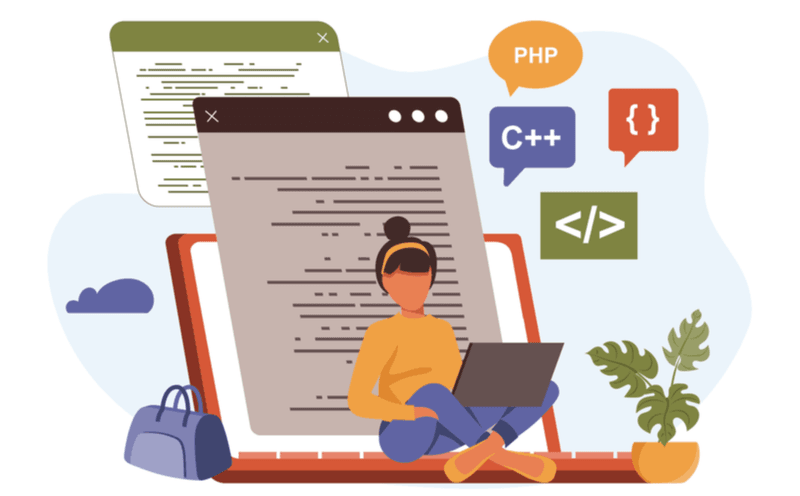
Coding has many advantages for kids and teens over and above the seemingly simple process of telling a computer or a program what to do. It enriches their skills so they can benefit in various ways, such as success in class work and self-fulfilment. Coding has several benefits in enhancing children’s thinking abilities, problem-solving and analysis skills, and teamwork. These have helpful applicability not only when they enrol for computer science-related jobs in the future but also in any other job they take. The logic and tenacity involved in coding assist the children in solving problems decisively and innovatively, helping them develop strong coding problem-solving skills. These skills are essential for success in many fields, as they prepare children to start coding and tackle challenges creatively, ensuring they are well-equipped for future endeavours.
Furthermore, coding is creative since it enables children to develop their ideas physically, for instance, by making games, apps, or websites. The ability to code a project also results in increased self-esteem, and it encourages children to approach challenges with enthusiasm.
Develops Critical Thinking
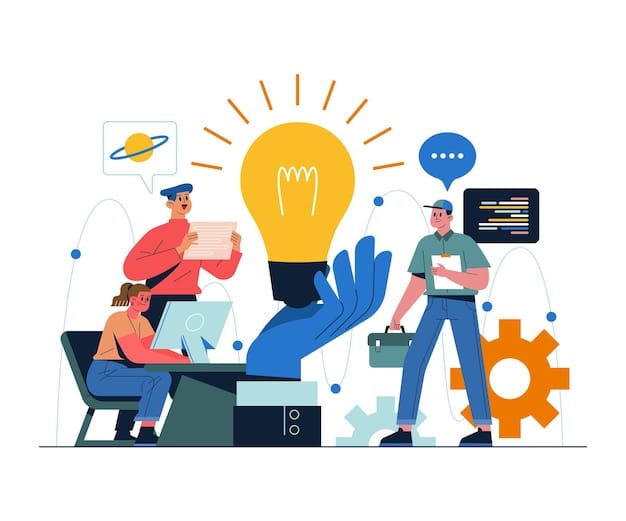
Coding fosters critical thinking skills among children in that children are able to analyze a situation and find, systematic ways of solving a problem. Working on a code a child learns to sort a large problem into smaller parts and think about a variety of methods for solving it. This process promotes analytical thinking since a child has to foresee problems and think about the possible solutions.
It also develops persistence as debugging and troubleshooting are part of that process of coding, helping kids not to quit halfway when they face challenges but rather to approach these challenges as problems that require solutions. Moreover, by coding, the kid also develops the ability to make a decision on which strategy to pick in order to solve the problem as rapidly as possible. These skills can, therefore, be transferred to other areas of their learning and life, making learner’s independent thinkers and good problem-solvers.
In short, by starting coding helps kids and teens in:
👉 Enhancing logical reasoning and analytical skills.
👉 Improving problem-solving ability and creativity through teaching coding.
👉 Developing spatial awareness and visual processing skills.
👉 Boosting confidence and self-esteem.
👉 Preparing for future careers in computer science and technology.
Prepares for Future Careers in Computer Science

In the given technological world, start coding. It is an essential skill that provides a vast number of career opportunities for coders. When kids learn to code, they get acquainted with the fundamentals of technology and therefore stand a better shot at getting an attractive job in the technology market, particularly in computer engineering. Since industries become more technological, those with coding skills will be in higher demand. Learning coding at an early age not only familiarizes the children with writing real code but also makes them develop an interest in STEM careers, such as software engineering, data analytics, cybersecurity, and other high-end sectors.
The above explained manner provides kids with an opportunity of getting a good job in the market thus kicking start at an early age. Aside from cultivating hard skills like the ability to code, coding also strengthens soft skills including teamwork, interaction, and planning and executing a project, all of which are crucial no matter the field. That is why by learning to code kids are not just preparing for specific jobs but are also learning a number of skills that will become handy as our society continues to grow digitally.
Choosing the Right Coding Program
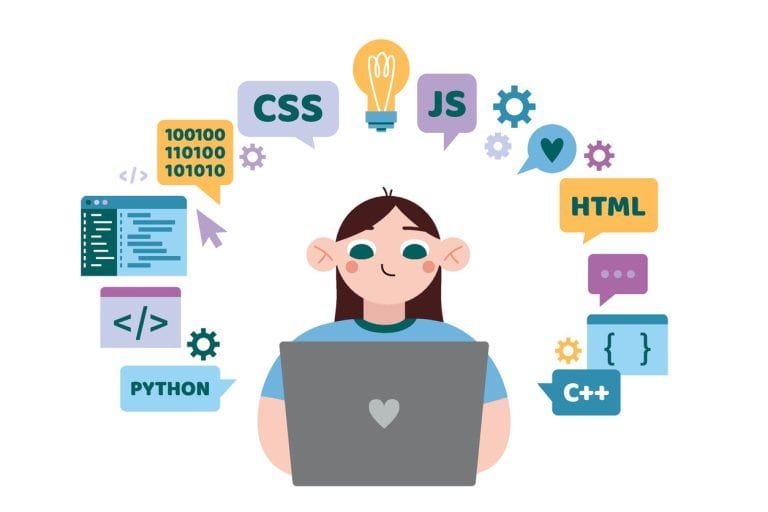
There are various top free and paid courses for your kid but in picking the kind of coding program that will be suitable for kids, it is important that the development process is marked with positive learning experiences. It is also true that the best programs are those that are age-appropriate and are in sync with the child’s area of interest and abilities. These differences include the language used, the availability of resources, and the quality of the teaching that will help improve problem-solving skills. The ability to start coding early can significantly boost a child’s problem-solving ability, making it an essential foundation for their future learning. Coding problem-solving skills are crucial in building both confidence and capability.
Some children may find it effective to use NBT with particular software, for instance, Scratch programming, since it makes programming easier to understand for most Young Learners. Others may be fine with text-based languages such as Python or JavaScript programming languages if they can deal with more challenges ahead.
Also, it is important to mention those programs that can inspire children, include practical elements, and have an effective contest that will help children stay interested. This means that, by choosing the proper coding program, parents and educators can influence the child’s preference towards coding as well as build a strong background for the child’s future profession in the world of technology.
In short, choosing the right coding program is very essential as it comes with many benefits including some mentioned below:
➡️ Right choice of coding classes introduces kids to programming languages and coding concepts through engaging online classes, emphasizing the effectiveness of teaching kids coding.
➡️ If they have previous coding experience, they can take a placement test to advance more quickly in coding programs.
➡️ Develop skills in algorithmic thinking and data analysis.
➡️ Fosters' interest in STEM fields and computer science.
➡️ Provides a competitive edge in the job market.
➡️ Opens up opportunities for advanced coding courses and certifications.
Online Coding Classes for Kids

Online classes for children increase convenience for them as they can learn coding from the comfort of their homes at their own convenience. These classes tend to come in all types of subjects and sometimes even in the different levels and abilities to learn. Computerized tools that enable individual engagement. It includes applications such as Scratch, Khan Academy Kids, Tynker, and CodeMonkey that use games to enhance learning and make the child more focused and interested.
Most online coding classes also offer feedback sessions and, in some instances, children are allowed to have a one-on-one with an instructor to explain certain issues and invent techniques. Further, through online classes children can engage with young coders from other nations, and challenge each other or work in teams and share knowledge. This also helps them to gain a broad view of various opinions or solutions in solving similar problems which moreover enhances their coding practice.
Structured Curriculum for Effective Learning

A structured curriculum or advanced courses are needed to teach coding to kids. This program follows a developmental progression path where concepts are systematically taught one after the other, helping children develop their problem-solving skills in a structured way. Children can build their problem-solving ability over time by tackling coding problem-solving skills. It is also essential to work through basic concepts like loops, conditionals, and variables before getting to more advanced topics such as functions and data structures, which will improve problem-solving skills as kids start coding.
This approach ensures that kids gain an adequate understanding of coding concepts and also prevents the kids from getting bored. As with any structured curricula, project-based learning is also applied, where children create their own games, apps, or websites based on the programs they have developed. This effectively enhances their understanding of coding and lets them see the practical implications of coding, hence making it a great policy. Part of sequencing to curricular structure and checks can allow progress to be monitored and teams to ascertain that any child regardless of ability can succeed in coding.
Building Coding Skills

Teaching coding to kids requires the utmost creativity and activity to capture the children’s attention and bend them toward becoming effective coders. Using game elements and activities is one of the best strategies since it would engage students’ attention. In this way, lessons being taught in the creative form of games keep the children motivated and enjoying learning. Real-life implementation of code and the use of some of the activities in the project is also another strategy that is used since it makes the children understand how the code is used in their daily lives.
This relevance makes abstract coding concepts not to be so abstract meaning it becomes easy to understand and relate to. The chances for interaction and group work also benefit the learning process as the children are compelled to work jointly in groups, explain their ideas, and come up with possible solutions to various emergent problems. Interaction with tutors and fellow students is important for kids to explain to them what is wrong and what should be done if they have problems with their work.
Finally, freedom to experiment also encourages the creativity of children and helps them to engage in coding in a more creative way thus enabling children to understand coding better.
Effective Learning Methods for Kids

Thus, when it comes to the problem of learning code for kids, special attention should be paid to such aspects. People learn better when ideas are presented as games and achievements are earned through simple quizzes. It makes the children enjoy their work because there are codes now made into games or challenges that they can solve.
Learning through fun activities such as coding games or creating very basic games gives children concrete experiences and brings concepts that are easily forgotten closer to life. Explaining real-life scenarios and case studies also helps them gain a new perspective on the world and compels them to think this way too by using coding in such projects such as creating a website or an application.
Opportunities for collaboration and teamwork also play a significant role in managing coding as well as time as kids also need to be taught how to relate and find their way to solving coding problems. This provides a real-life feel since people may need to work as a team in order to meet a certain objective. Responses from teachers and classmates have to be included as it assists children learn their strengths and areas that they require to work harder on. This constructive feedback fosters the positive thinking approach resulting in the child being receptive to issues to do with mistakes.
Finally, it is essential to suggest that there must be freedom; people must be in a position to innovate. Coding should be the place where the kid does not feel afraid to experiment with new ideas or experiment with new ways. It creates competition and lets children decide for themselves how they want to get through the material as the process becomes more fun and engaging this way. With such a successful approach to learning, teachers and parents can promote a student’s academic success while engaging him or her in coding classes.
Developing Problem-Solving ability through Coding
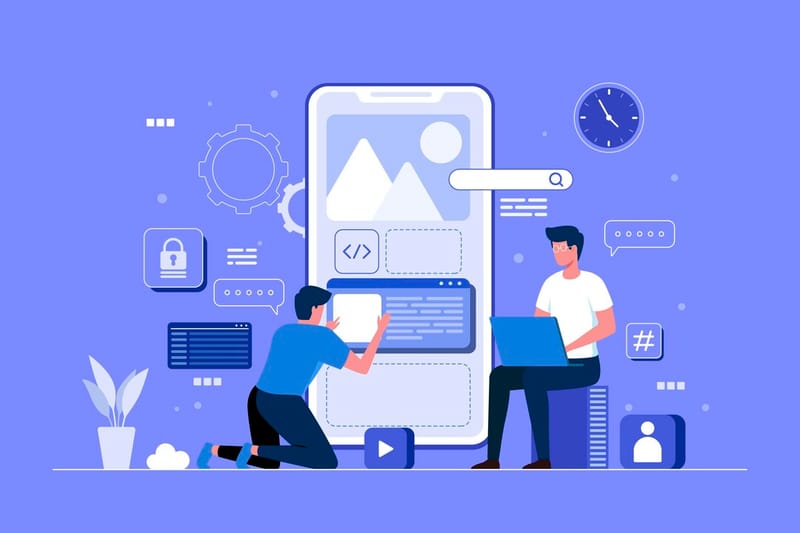
Computer coding helps kids improve problem-solving skills, thinking, and analyzing skills which is vital for any child. When children learn to code, they are able to solve problems in such a way that they have to look at the problem and break it down into smaller areas so that they are able to understand what the real problem is. This analytical thinking helps them to come out with solutions in the right fashion, systematically.
During coding, kids are bound to come across mistakes or bugs which can in turn be learning experiences for the children in debugging or solving. It helps the kids learn what went wrong and how to deal with it develops their thinking ability as well as increases their awareness.
Coding also increases the sense of grit since most of the tasks need to be done in multiple tries. When there are difficulties kids understand that it is wrong to quit, to search for another solution, and to experiment with new ideas. This process fosters adaptability and growth and shows them that it is alright to fail at some point in life.
In addition, coding offers possibilities for self-reflecting and evaluating one’s own performance. Children are able to review and test their code which enables them to assess work, comprehend errors, and improve on them.
Besides, solving actual coding problems, children get a set of valuable problem-solving skills and critical-thinking skills that they can use in many situations. By learning these skills children succeed academically and also start solving different daily difficulties; therefore coding is good preparation for children.
Getting Started with Online Coding Classes
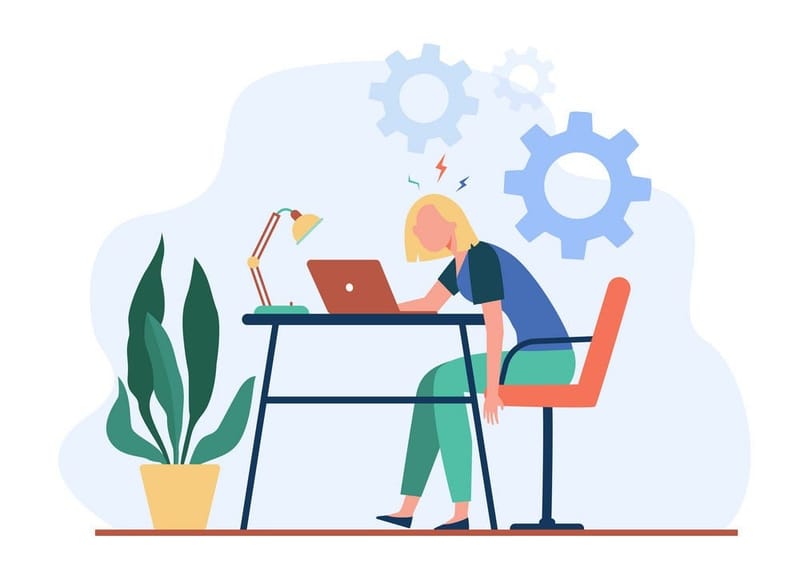
Introducing kids to coding may appear to be an insurmountable task. Nonetheless, if you have the right approach in place, it can turn out to be one of the most enjoyable and rewarding processes. Coding courses provide structured environments that are safe and great for children. In such cases, they learn programming basics through them while also developing problem-solving ability and an enthusiasm for technology in general. If you’re a parent or teacher, encouraging your child into coding would transform their life by giving them some invaluable skills for later on.
How to help your child Start Coding
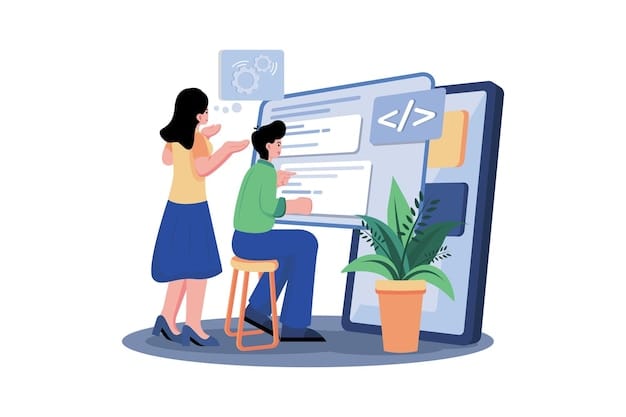
Introduce kids to coding concepts and terminology: Start with how basic coding terms as well as concepts such as algorithms, loops, and variables work. Letting your children know what these words mean demystifies the whole area of computer programming making it less fearsome at least from their perspective; so taking away all fear from them. Always age-appropriate language is encouraged when referring to this field of study. Coding books or educational videos can be used effectively to introduce these ideas as interactive resources.
Choose a coding program or platform that suits their needs: Selecting a coding for kids program that corresponds to one’s needs is very significant. Platforms designed for children of specific age groups and skill sets should be looked out for. For example, younger children can start off with visual block programming languages such as Scratch or Blockly which make coding easier to learn while older ones prefer more complex languages like Python that are text-based.
Encourage kids to start with simple exercises and projects: Starting with simple, easy coding for kids exercises would build confidence in the child. Creating a basic animation or a simple game can give them the sense that they have achieved something worthwhile making it a great first example of projects they can tackle. As they gain more experience, slowly introduce more challenging tasks to keep them interested and engaged in the field.
Provide support and guidance as needed: Offer assistance whenever your child faces difficulties. Help them out by responding to their inquiries or directing them toward places where they can find solutions. Encourage independent thinking and problem-solving skills while guiding them through the whole study process.
Celebrate their progress and achievements: Your child’s inclination to code could be enhanced by recognizing such efforts and rejoicing in their victories. Whether it is task completion, problem-solving, or learning new things, all these activities are worthy of praise. A positive mindset for maintaining an ongoing process of knowledge acquisition will be encouraged through even the smallest successes.
Tips for Parents and Educators
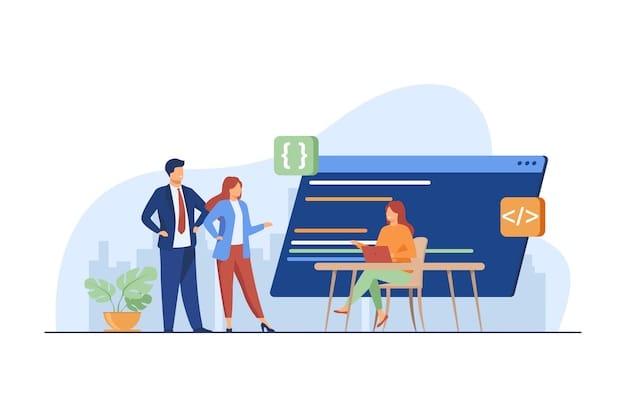
Be patient and supportive: Be patient when you realize kids are on your way to learning this tough thing called coding which may seem difficult at times but involves seeing the world from various perspectives like math does.
Encourage kids to ask questions and seek help: We must create an atmosphere of inquiry as children learn best from asking questions. Hence encouraging questions from children helps them get out of their own unique learning traps while at the same time instilling in them a thirst for knowledge.
Provide opportunities for feedback and assessment: For Learning, feedback is always helpful, and therefore constructive feedback should be given on their coding project. This means telling them what was done right and what needs improvement in order to help them perfect the skills required in that discipline while understanding its fundamentals too.
Celebrate progress and achievements: Give importance to every little step as they move towards becoming programmers by acknowledging the completion of a project, mastering an idea, or solving an intricate problem because we all have victories we can cherish thus boosting their self-esteem
Stay involved and engaged in their learning process: Being involved in your child’s coding learning is an excellent thing. One of the ways is to ask them to show you what they’ve been doing, and what projects are they thrilled about among other things happening in this category. This way, they will know that you consider their education critical and valued which may encourage or motivate them more.
It is through such guidelines that it can be ensured that children grow up loving coding; hence any chances for success in a world ruled by technology will be opened for them.
Why Codeyoung?

Codeyoung offers range of courses in coding that are well-structured and have a comprehensive curriculum - made to be effective and engaging for kids. Through gamification such as interactive challenges, and coding games, we make sure that kids stay motivated all through their learning process. We anchor our curriculum on real-life projects so that they can see the practical side of coding through more relatable concepts in their daily lives.
Personalized learning is what distinguishes Codeyoung from other institutions. Every child has one-on-one support from expert mentors who match the student’s pace and style with their guidance. With this personalized attention, children not only learn coding concepts better but also acquire important problem-solving skills that are needed for thriving in the digital space.
Next Steps with Codeyoung

With Codeyoung's online platforms for kids to learn coding your child will not only learn to code but will also develop essential problem-solving skills that are vital for future success. Our programs are designed to make coding for kids fun and accessible, using engaging methods like gamification and real-world projects to keep kids motivated. Under the guidance of expert mentors, children learn at their own pace, receiving the support they need to excel. By enrolling in Codeyoung, you are investing in your child's future, equipping them with the skills and confidence to thrive in a tech-driven world.
Our aim at Codeyoung is to build a strong foundation in programming and at the same time enhance creativity and innovation. In doing this we help kids develop into self-assured people who will think freely, thus preparing them for any future technological hurdles.
Coding Problem-Solving Skills - FAQs
What are the top 5 coding languages to start with as a kid?
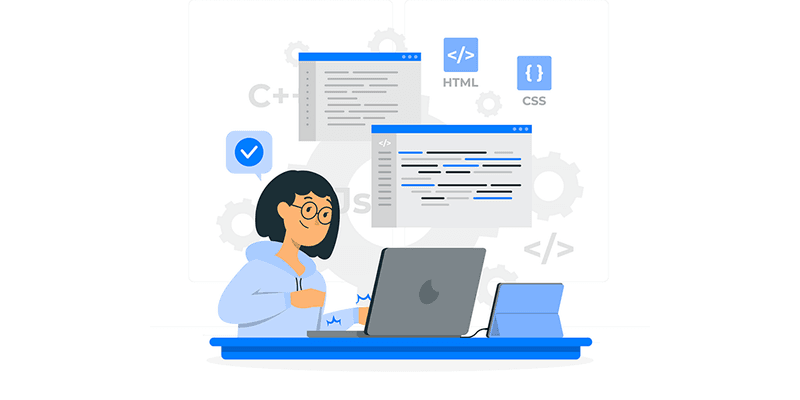
✅Scratch: It is a visual block-based language that beginner users will find so easy & fun to code.
✅ScratchJr: Scratch for preschool kids (ages 5-7 years) emphasizing making stories.
✅Blockly: It is yet another visual Language providing a step up towards classical programming from scratch with a lot of logical features.
✅Python: This is a text-based language that best suits kids who are ready to advance from block-based coding as it has a relatively easy syntax.
✅Tynker: A website that provides block coding and text coding for kids at the same time therefore suitable for all ages.
What are the steps to Get Started with coding for kids?
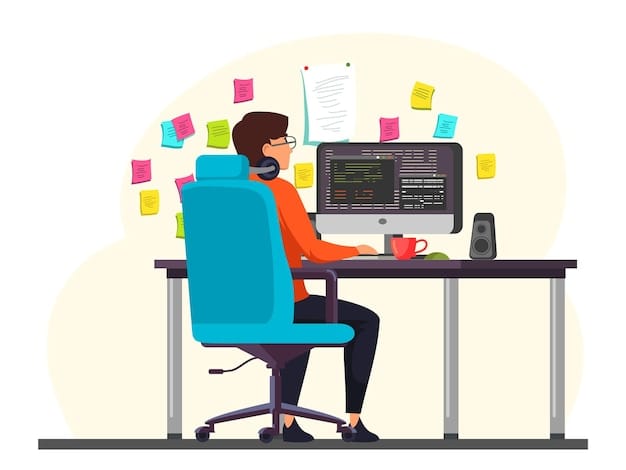
✅Select the Right Language: Start with the visual languages creating Scratch or Blockly which is still other for child users.
✅Organize a Suitable Learning Environment: Make sure there’s a computer or tablet that has a connection to the internet and is free from distractions.
✅Make Use of Interactive Platforms: Use child-friendly websites that introduce kids to programming languages such as Code.org, Tynker, or Scratch.
✅Make Use of Interesting Projects: Start with easy projects that involve building animations or games so that they don’t lose interest.
✅Help Them Practice Every Day: Of course, practice is difficult, and stamina is needed, but very important in taking up programming.
What are the 5 reasons why coding enhances critical thinking & problem-solving?

Logical Thinking: Coding compels children to follow certain steps in order to achieve a logical sequence and as such improves analytical thinking.
Debugging: Searching for and correcting mistakes builds up concentration and patience.
Creative Problem-Solving: To achieve set objectives, it is often necessary to think outside the box.
Understanding Algorithms: The ability to partition problems into elementary subproblems enhances structured thinking.
Collaboration: The majority of coding assignments are carried out in groups, compelling children to think of ways of tackling the issues together.
Can kids learn coding online?
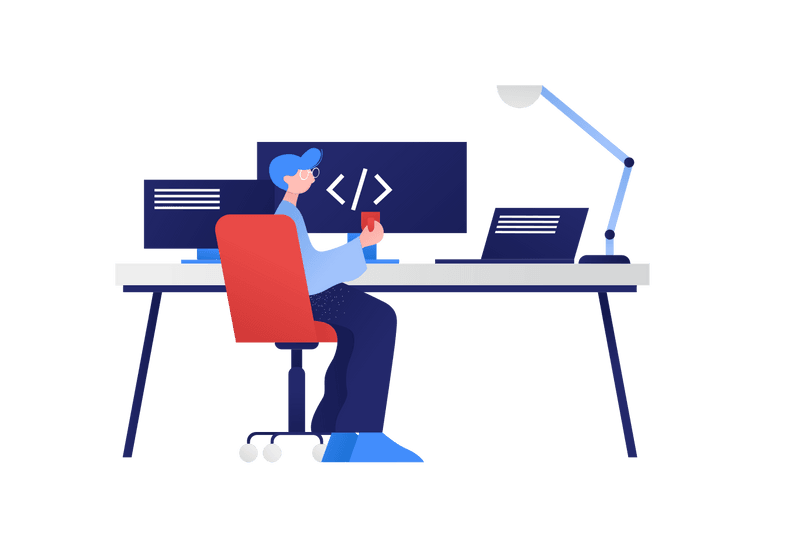
Yes, kids can learn coding online. Many websites created by twin Codec.org, Khan Academy, and Tynker, give specialized or private lessons with all the necessary guidance appropriate for children. These websites include interesting educational tutorials that are self-controlled and age and skill depending thus making the learners able to learn coding online.
What is the best age for a child to learn coding?
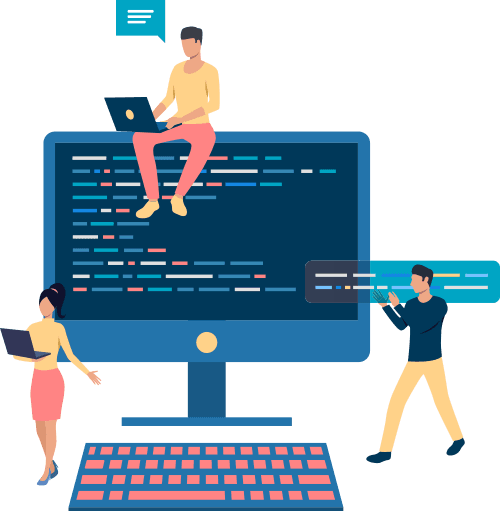
7-8 years old should be the age when children are introduced to codes, as they slowly start developing logic and problem-solving capabilities. Yet it is still possible to introduce coding principles even to younger novices through cuddly coding games and activities appropriate for younger kids. For their part, as children get older, they can move on to proper coding lessons with lessons and tasks.
Comments
Your comment has been submitted successfully!